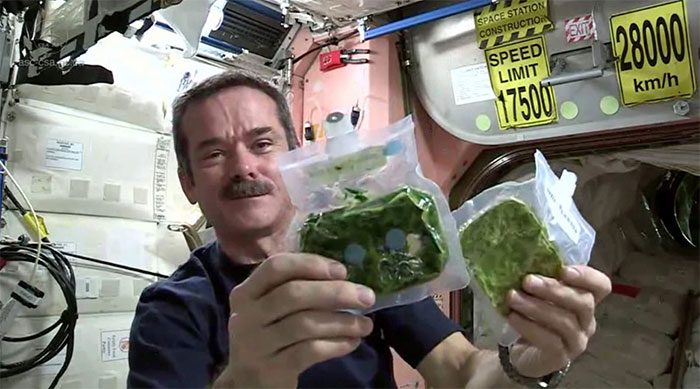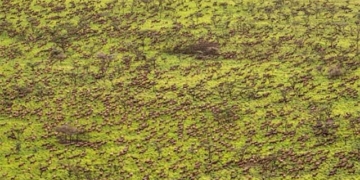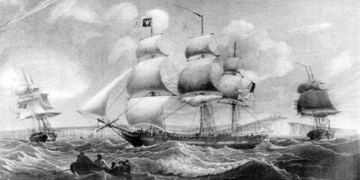How Can Astronauts Live on the International Space Station (ISS) for Years? Typically, astronauts must rely on dehydrated and packaged foods, eating in a state of nasal congestion. Therefore, they require flavorful and unique dishes to stimulate their appetite. These meals are meticulously planned. Currently, astronauts consume about 2 kg of packaged food each day.

Freeze-drying or drying is a common method to preserve food.
The food on the spacecraft is processed to remove all moisture, using heat to eliminate harmful enzymes and bacteria. This method also ensures that the food remains fresh. Among these methods, freeze-drying or drying is commonly used to prevent food spoilage. Freeze-drying helps inhibit bacterial growth while significantly reducing the weight of the food. This method also preserves nutrients, allowing the food to be rehydrated with water before consumption.
The foods are frozen at a temperature of -40 degrees Celsius and are then stored in a vacuum chamber, where heat turns ice into vapor. The food is packaged in single-use containers. Items such as noodles, chicken, eggs, and beef must be stored in special packaging. Canned goods are used for snacks and fruits. When ready to eat, astronauts need to use a convection oven to reheat or add hot/cold water to the dehydrated foods.
One effect of the microgravity environment is reduced taste sensitivity. Body fluids cannot flow properly, leading to persistent nasal congestion, causing astronauts to eat in a state of stuffiness. This discomfort affects their taste perception, so they require strong and distinctive flavors to stimulate their appetite.
Additionally, astronauts must eat three meals a day. Nutrition experts ensure that their meals contain adequate vitamins and minerals. Caloric intake is also tailored to each individual. For example, female astronauts require about 1,900 calories per day, while males may need up to 3,200 calories.
Since 2003, astronauts have been able to bring traditional foods from their home countries into space. Some of the Chinese astronauts’ meals include shredded pork in garlic sauce, meatballs, Kung Pao chicken, black pepper beef, pickled cabbage, and minced pork, along with various desserts like apples and ice cream. The Japanese crew brings sushi and ramen, while the Russians have borscht (beet soup), garu, curds, and nuts. Naturally, the ability to enjoy traditional dishes makes these astronauts very enthusiastic about their food.
Today, astronauts have a menu of over 200 types of foods and beverages, allowing them to choose their meals. These foods can even be stored at room temperature and are safe to eat in space, including items like pasta, fruits, and other popular foods from Earth.


















































